



The shoulder is a marvel of biomechanics, heavily reliant on robust muscle tone and function for optimal performance. In this exploration, we delve into the intricate web of shoulder muscles to illuminate their roles and significance in movement and stability.
The Powerhouses Formerly known as deltoidious, these muscles are the largest and strongest in the shoulder region. Their name derives from the Greek letter delta, symbolizing change. With origins spanning the spine of the scapula, acromion, and clavicle, they extend to the deltoid tuberosity of the humerus. Divided into anterior, lateral, and posterior parts, they facilitate a range of movements including flexion, abduction, and extension.
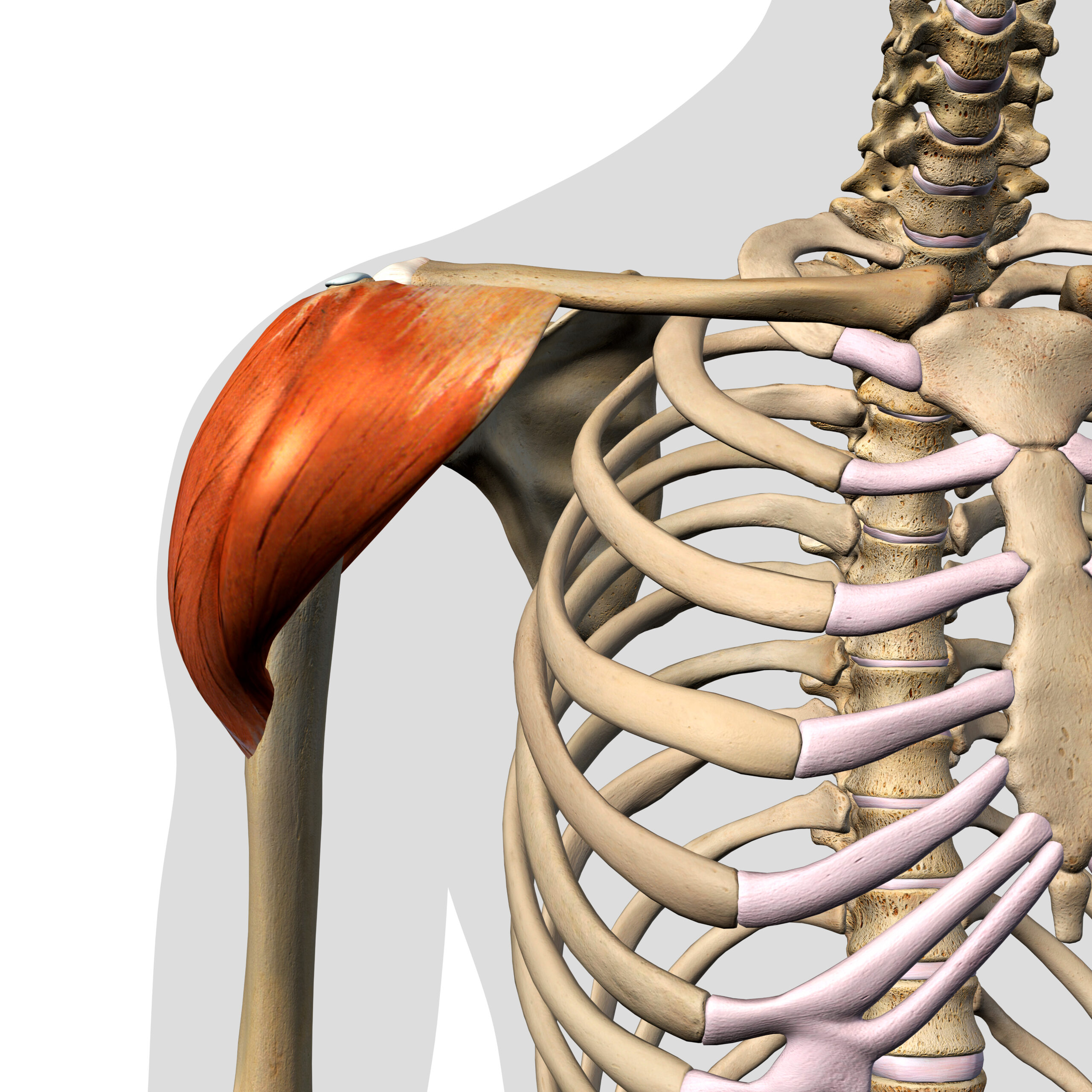
The Stabilizer Despite its relatively small size, the supraspinatus plays a crucial role in shoulder stability. Positioned atop the scapular spine, it aids deltoids in abduction and humeral head stabilization, particularly in the initial phase of abduction.

The Rotator Situated between the infraspinatus and teres major, this muscle assists in lateral rotation of the arm and stabilizes the glenohumeral joint, contributing to overall shoulder mobility and stability.
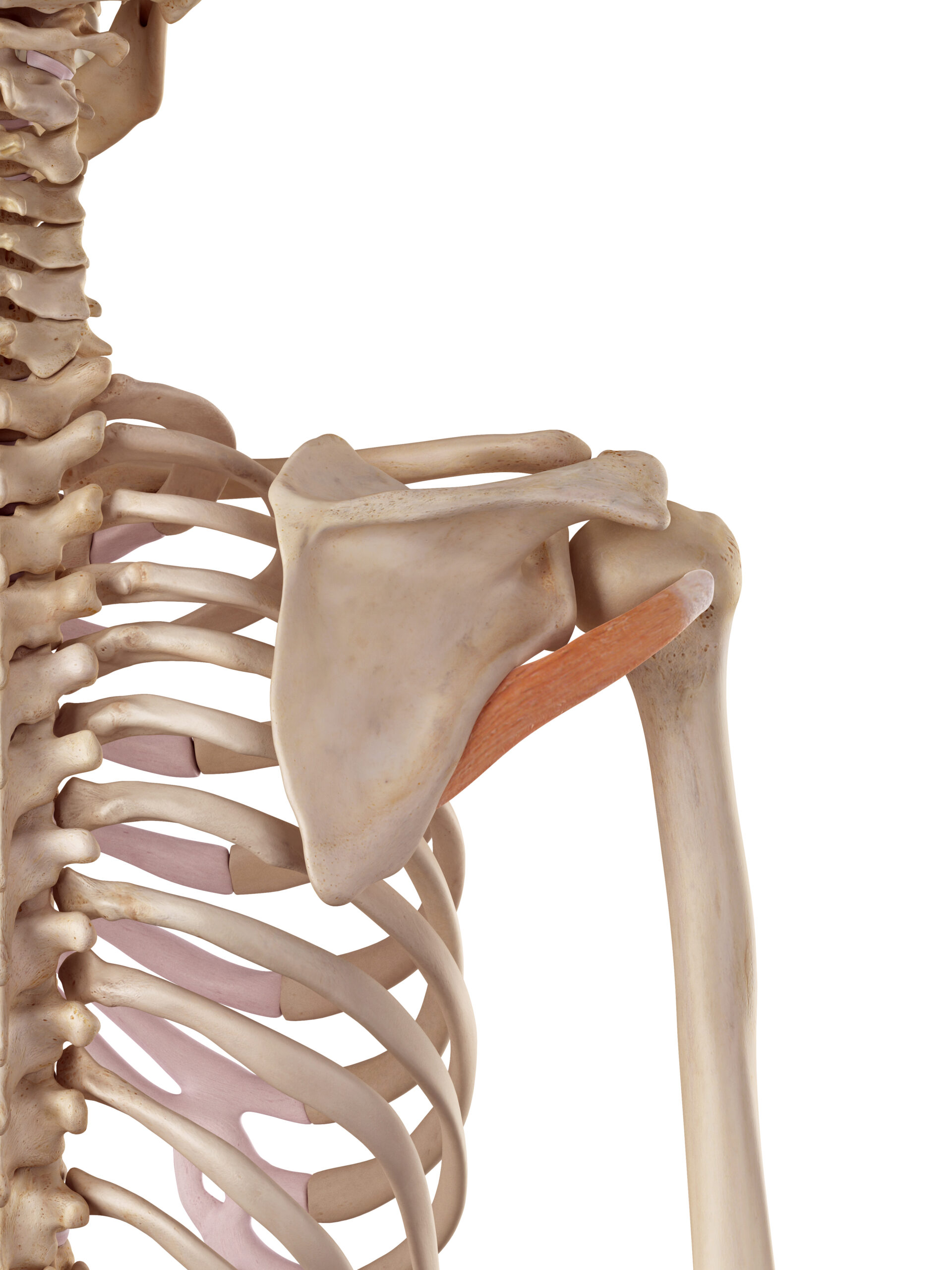
The Biscuit Muscle Located posteriorly on the scapula, the infraspinatus earns its nickname due to its texture resembling biscuit crumbs. As a lateral rotator, it helps maintain shoulder function and can be tested through specific range of motion exercises.

The Internal Rotator Working in tandem with the pectoralis major, the subscapularis aids internal rotation of the arm. Positioned on the anterior surface of the scapula, it attaches to the humerus, contributing to shoulder stability and mobility.
The Shoulder Blanket With its distinct diamond shape, the trapezius covers the back of the shoulders, comprising upper, medial, and lower fibers. Its actions include shoulder elevation, depression, retraction, and neck movements, offering essential support during various upper body activities.
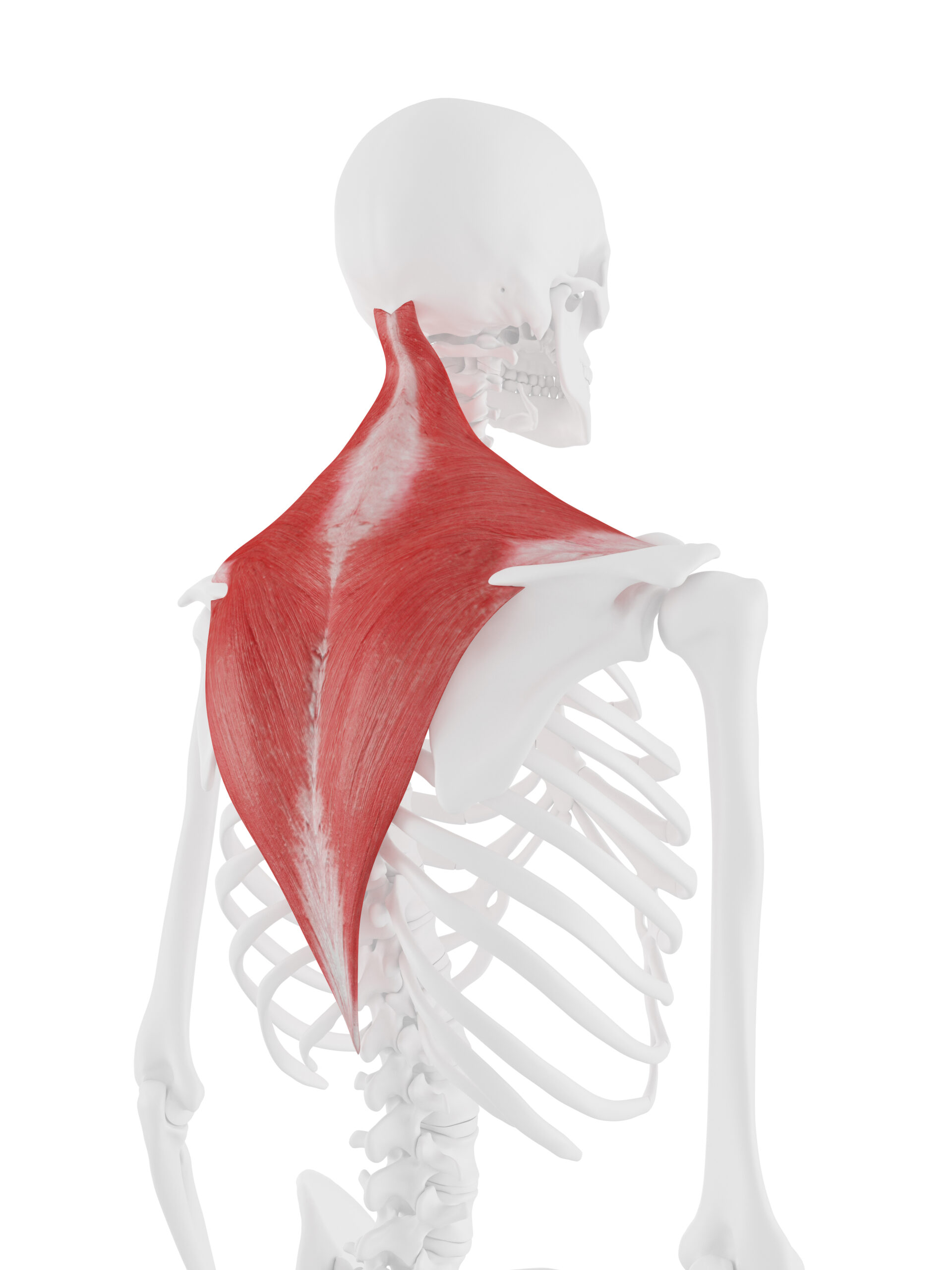
The Broad Puller As the broadest muscle of the back, the latissimus dorsi aids in arm adduction, extension, and internal rotation. Its attachment from the scapula to the humerus enables powerful pulling movements.
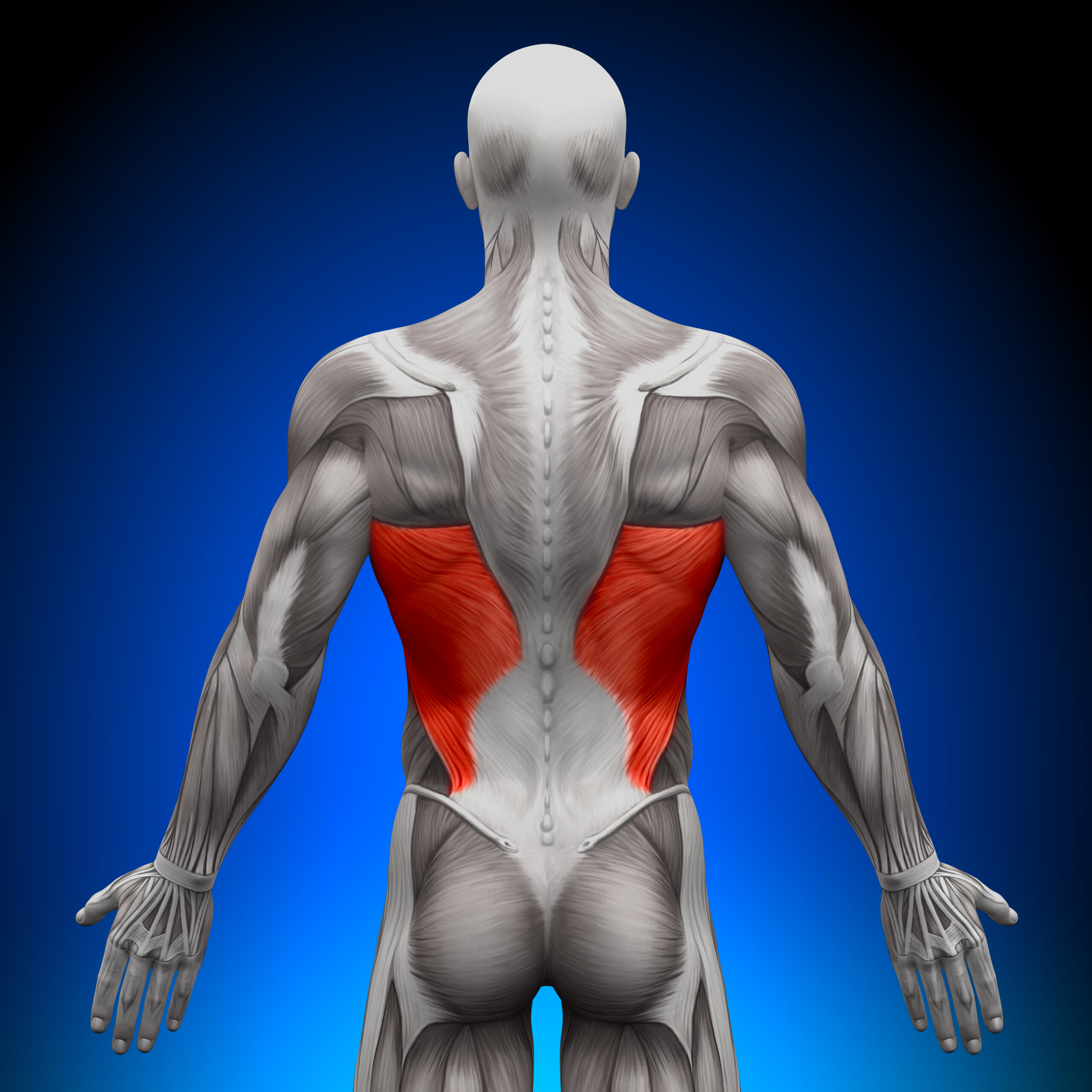
The Lats’ Ally Functioning similarly to the latissimus dorsi, the teres major assists in shoulder extension, adduction, and internal rotation, complementing the actions of its larger counterpart.

The Scapular Stabilizers These muscles work together to retract and stabilize the scapula, counteracting the effects of prolonged forward shoulder posture.

The Scapula Elevator Originating from the cervical spine, the levator scapulae aids in scapular elevation and rotation, playing a pivotal role in neck and shoulder movements.
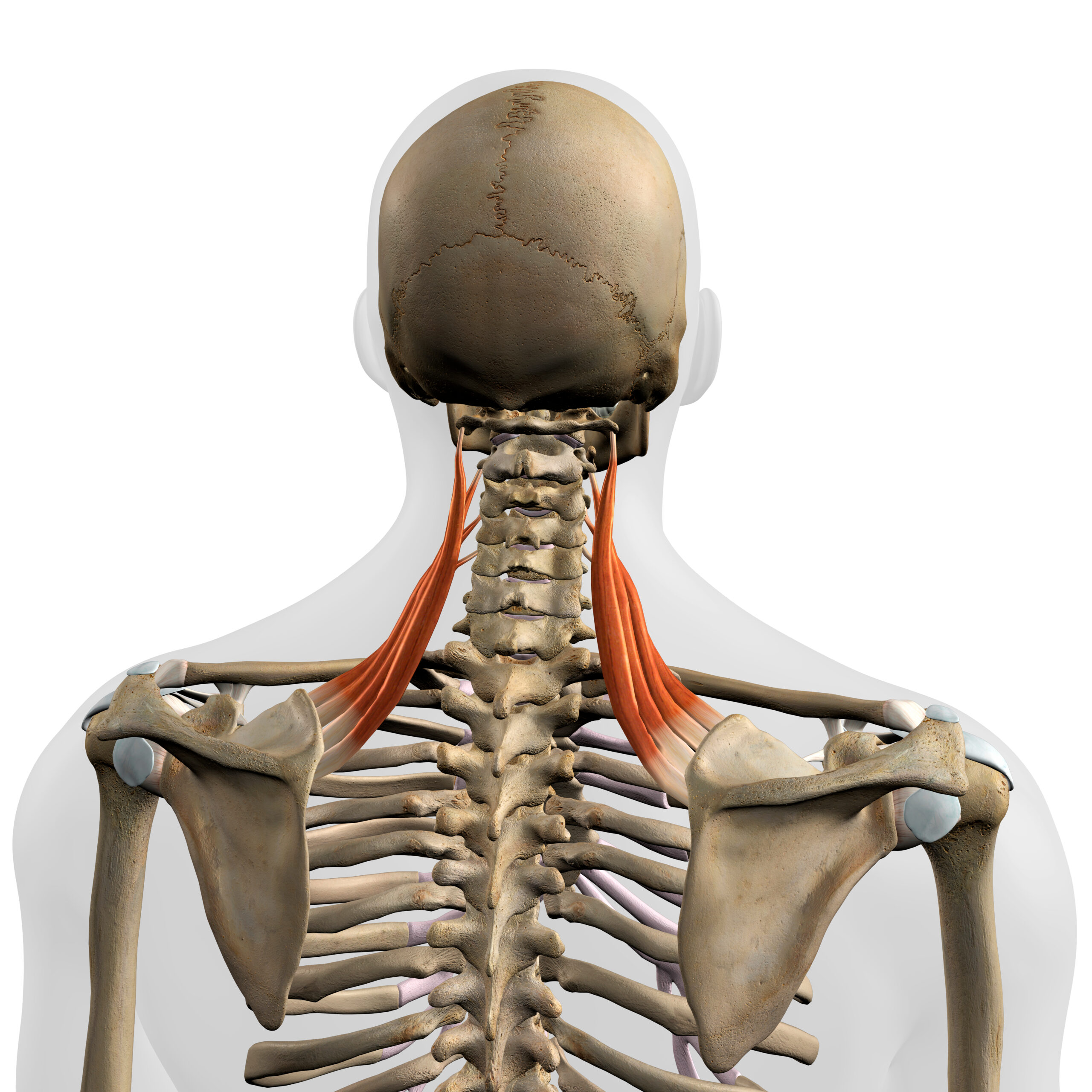
The Scapula Protractor Despite its intricate anatomy, the serratus anterior is crucial for scapular protraction and upward rotation, contributing to shoulder stability and range of motion.
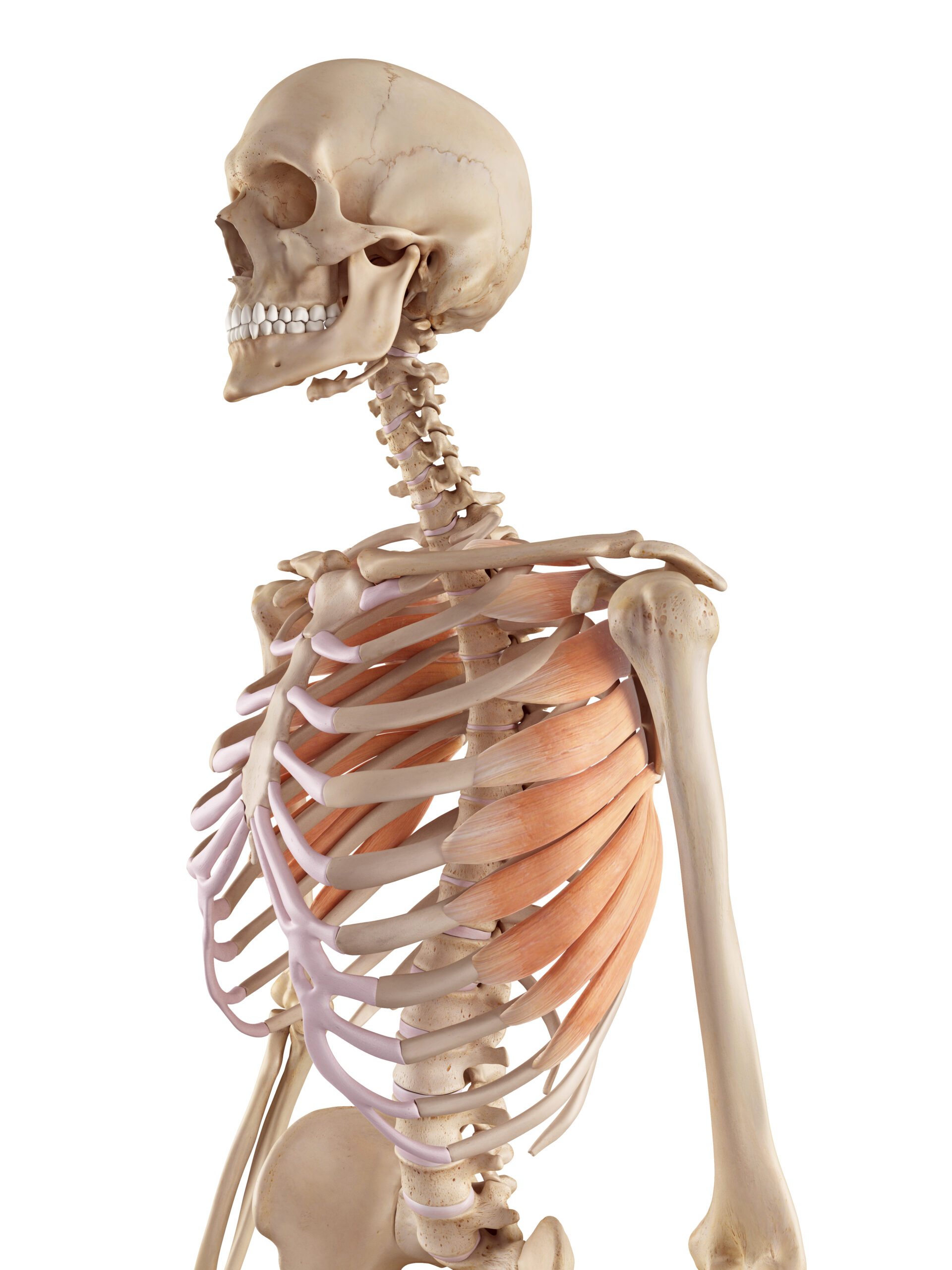
The Shoulder Depressor Attached to the coracoid process, the pectoralis minor aids in scapular protraction and depression, particularly affected by prolonged sitting and rounded shoulder posture.
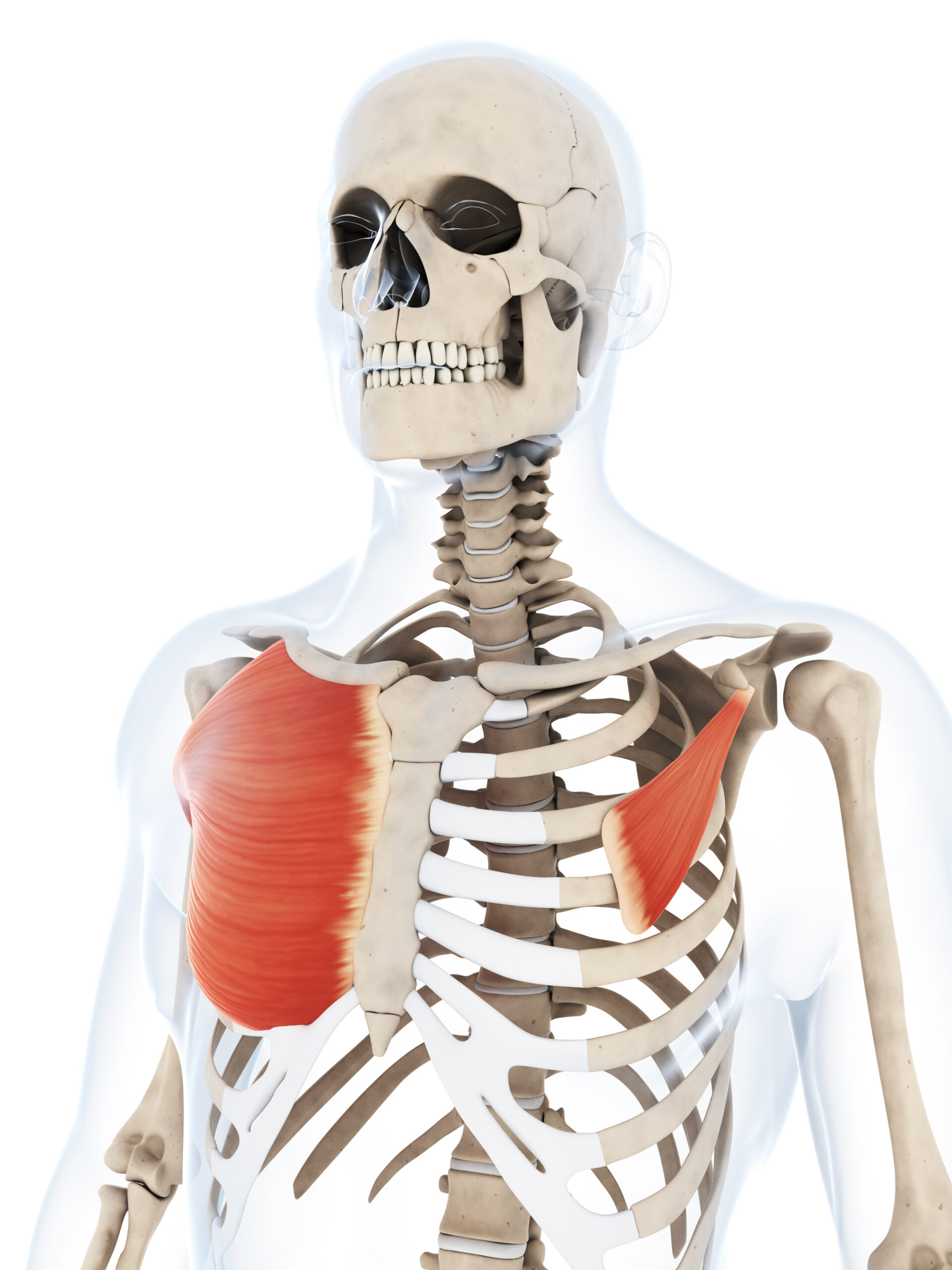
The Chest Powerhouse Distinct from the pectoralis minor, the pectoralis major facilitates arm adduction, flexion, and internal rotation, playing a significant role in upper body movements.
A World of Shoulder Movements From abduction to rotation, the shoulder boasts a myriad of movements, underscoring its complexity and vulnerability to dysfunction. Understanding the intricacies of shoulder anatomy enhances our ability to address issues and optimize performance.
This glimpse into shoulder biomechanics serves as a foundation for further exploration, emphasising the continuous learning journey inherent in anatomy study.